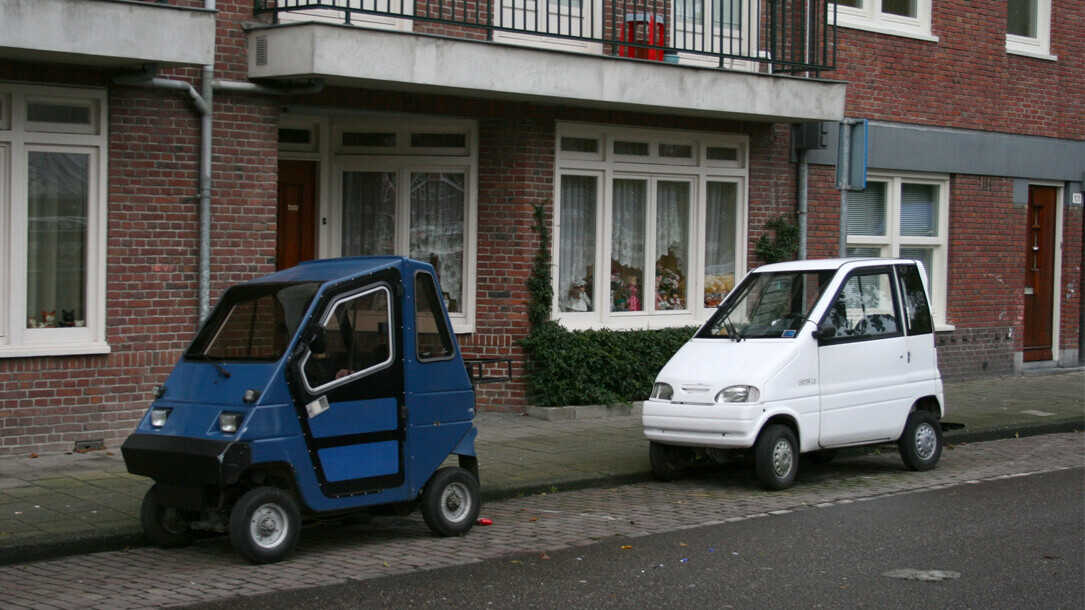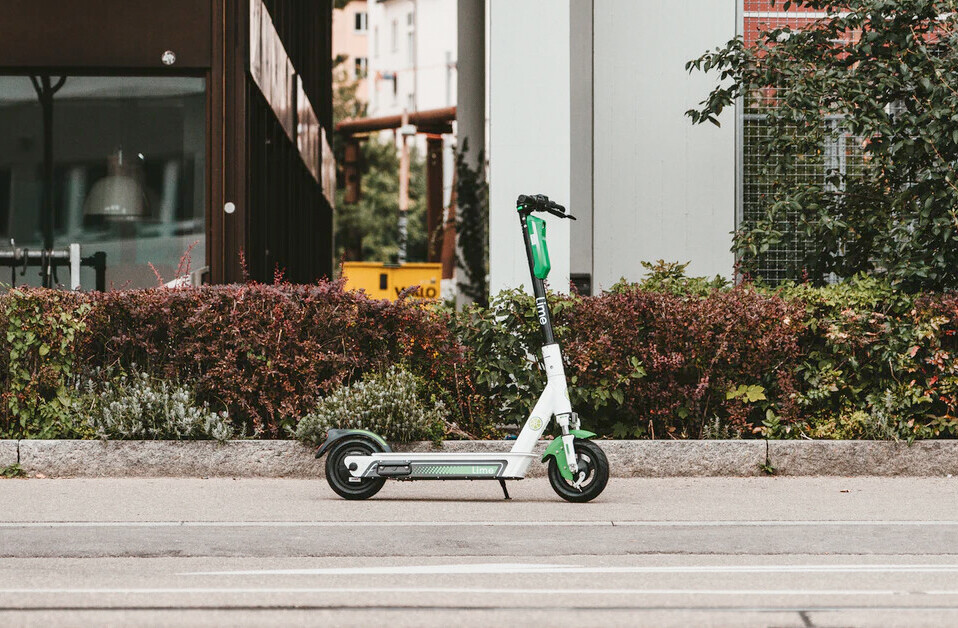Shared mobility as we all know has come a long way over the past decades. From conventional public transit buses to remote-controlled e-scooters, the space has forever been evolving to cover all aspects of transportation. Today the space is so dynamic in modes and business models, that almost every year there are innovative businesses springing out of cities around the world addressing even bespoke needs. In the global context, however, modes in shared mobility can be broadly fit under one of these: public transit, carsharing, bikesharing, scooter-sharing, moped-sharing, car(van)pooling (or ridesharing), and microtransit (on-demand shuttles).
Use cases and the resulting popularity of any mode in shared mobility always have had to check these priority boxes: convenience, speed, cost, and recently (outranking the other 3 since the pandemic) health concerns. Mobilizing people (individuals) over shorter distances has been the focus of micromobility (viz. Bikes, scooters). Cars have always been best suited for longer distances and with more than one rider and/or with a small cargo capacity. However, whether we call it the risk-averse or irrational decisions that most humans make, the reality isn’t exactly that. In most markets, cars (owned or shared) have single occupancy most of the time irrespective of the distance to be covered. Factors such as parking and zonal (e.g. city-center) restrictions seem to impact the decision to leave one’s car behind more.
Factors working against micromobility include perceived safety concerns with a 2 wheeler (sit or stand), the mobility culture of the market (Asia, Europe have had millions of moped riders over North America), and even demographics (considering ergonomics and physical comfort). There clearly is a gap that exists between micromobility and carsharing.
Enter microcars, a class of vehicles with a capacity for not more than 2 passengers and a little cargo hold, which offer the best of both worlds and coupled with the leverages of shared mobility can offer multi-stakeholder benefits. But, can these tiny microcars prove successful in filling the gap in urban mobility while upholding the sustainability aspect?
In this article you will read:
- What the current market potential for microcars is and what current gaps in urban mobility they solve
- How these vehicles stand to benefit not just users but also accelerate shared-electric (zero-emission) mobility initiatives for cities while saving costs for carsharing fleet operators
- What factors pose a challenge to their full-scale roll-out in carshare fleets
Shared mobility evolution and where microcars fit in it
Carshare, well, has technically been around since 1948 as a small implementation in Zurich, Switzerland (first wave) but only got adopted outside of Europe (in the US) in the ’90s. Decades later bikesharing was introduced which was quickly followed by shared scooters, and since then the term micromobility. It has been evident that more innovative modes and business models have been added to the shared mobility space and evolving fast. With millions of trips being supported by micromobility and the millions of users being served by these modes, last mile connectivity has certainly improved. However, cities grow increasingly concerned and worried over the operating models of these services.
While a majority of micromobility trips replaced car trips (pre-COVID), lack of education and precautionary measures led to increased rider mishaps in 2020 which in turn impact the perceived safety concerns. Micromobility modes are highly effective in addressing the ‘upto 2~3 km’ last mile connectivity, carshare currently addresses a bigger range but from a city and operational point of view needs to have a balance between availability and utilization (fleet size, cost per trip). Microcars can play a critical role in this space, but before that, what are microcars?
Smaller vehicles, all of which might not necessarily be classified as even motorized vehicles have had a greater appeal in terms of their affordability. Additionally, they take up less road and parking space. These vehicles have had a history. The auto industry saw the first wave of such vehicles in post-war Europe (1960’s) which quickly became history until recently. What has made them rebound? Among many reasons, one of them is the urban driving distances which average around 50km (North America). Together with the electric vehicle and battery technology developments, these new-age microcars present an ideal case for zero-emission urban mobility since they need lighter batteries with a range enough for shorter urban trips. And most can share the road with other vehicles (not needing additional infrastructure viz., special lanes).
Read:
Have such microcars been used in carsharing yet? How do/did they fare?
Short answer: Yes and fairly successful.
One of the largest deployments of similar cars in carsharing has been with one of the largest carsharing operators globally – Car2Go (now ShareNow). The Smart ForTwo constituted a major portion of the service’s North American fleet, and the unit economics of the vehicle allowed for the rental rates to be lower than a standard small car elsewhere. It was a member-favorite as long as the operations were available in cities across Europe and North America. The tiny car made great sense for short-to-mid length urban trips with promising utilization levels. In many cities, Car2Go could provide great value for money compared to Uber/Lyft rates. Additionally, parking which is always a pain point especially for carshare members was found to be a breeze with the ForTwo’s. North American city operations even saw lesser minor bumper scratch/damage rates and could practically park 2 cars in 1 parking spot. In Europe, in addition to more number of cars in one space, the service could utilize parking lot corners which otherwise would be space wasted at a cheaper rate.
Groupe Renault is one of the pioneers in launching a production model, street-legal electric microcar in recent times. The Twizy, was tested for carsharing and car rental business models and launched in a few countries. France being one of them. Once again, one of the selling points for this service was affordability i.e. lower rental rates. Group company Nissan, followed a small-scale implementation of Twizy-based carshare in Japan in 2017.
Much recently, Citroen’s Ami was inducted into Free2Move’s fleet in France. Not requiring a driving license and that it can be driven by 16-year-olds, the Ami helps take away the entry barrier or driver qualification hurdle while offering an affordable enclosed (weatherproof) EV for all ages indeed.
Out of the above three, Car2Go’s Smart ForTwo was the most successful. Not electrically driven (other than the fleet in Hamburg, Madrid, Stuttgart, Amsterdam, Paris , and a portion of the fleet in San Diego) the ForTwo didn’t have to face the range anxiety problems or charging infrastructure availability. Plus the vehicles offered an ‘almost car-like’ experience unlike the Twizy and others which are classified under quadricycles and compromise on ease of driving (and handling as compared to small cars). Speaking of ease of driving, the Twizy (in Tokyo) needed to engage users in tutorials in order to educate them about the handling, sharper turning radius and basically getting used to a quadricycle.
Microcars: Market potential and typical use cases
Data suggests that the majority of commutes fall below the 25km mark (in the US). That way range anxiety for EVs will no longer be a barrier. Microcars on average have between 80~200 km range batteries.
It is important to note that this data set also compares commuting distance with residents having a college degree or income levels. Not surprisingly, lower-income communities had higher commuting distances. Here’s where shared mobility can make a difference and complement public transit. While micromobility may plug the last mile connectivity, microcars through car-sharing can bridge the medium distance commute. Considering smaller batteries, lower unit costs, and more compact parking space requirements operators will be able to provide carsharing at affordable rates. With increased interests in corporate, community-only or exclusive carsharing for tenants for a property, these vehicles present a compelling case for both users and operators.
Why do we need another new mode in shared mobility? As micromobility is expanding its user (demographic) base, it still remains broadly between 18~39 years. Carsharing not only allows more than one passenger to travel, but also potentially shields the user from difficult weather and allows some luggage space. The main difference between these modes being the cost of operations and hence the rental rates. Microcars in shared mobility can solve this.
Multi-stakeholder benefits
One of the prime success factors for any new transportation mode is its overall benefit to the community. Typical carsharing operations have not been popular in connecting remote communities since the operation feasibility is favored by denser communities. Electric car-sharing is all the more out of reach for low-income communities. With funding support, a few equitable EV car-sharing businesses have been launched, but the asset cost remains a major hurdle in lowering the hourly/daily rates.
Microcars have the potential to overcome that. With costs up to 70% lower than the average electric vehicle, these tiny cars with just enough range capacity prove affordable in the everyday commute use case. The sheer pleasure of driving an EV still remains which will be quite attractive to many. Changing commuting patterns and behavior is key to the success of a shared mobility service. As new modes, these microcars will help create an appeal to its members supporting their transition from ownership to access.
From the city and transportation authority standpoint, electric microcars will further help align new transportation initiatives with their climate emergency response targets. Additionally, owing to their affordability in the carsharing business model, microcars have great potential to support transportation equity bringing clean mobility to low-income and otherwise underserved communities. The typical carsharing fleet has 2-3 empty seats on average for majority of trips and (as EVs weigh heavy on the operating financials) still have GHG emissions. Micromobility (scooters and mopeds) are electric as many cities in Europe and North America mandate them to be, but have issues with rider safety and cluttering of sidewalks which aren’t popular with most cities.
Lower asset costs of microcars directly benefit carsharing operations. As EVs, these cars require nearly zero-maintenance. Smaller batteries mean a shorter range (~150km) which also means faster charging times. Storage and parking costs are optimized as more than one of these tiny cars may be parked in a regular parking spot and such cars can potentially access otherwise wasted (empty) spaces in lots. Carsharing with microcars is being tested for diverse use cases including one as a complement to other shared mobility modes.
Current challenges in on-the-ground implementation
Regulations around vehicle class definition
Certain city/country level authorities are still unclear which vehicle-class will many of these microcars fall under. Innovative designs that define such vehicles are being evaluated from the regulatory standpoint to determine if these are street legal. Different cities have different laws to govern new mobility (case in point electrameccanica’s single-seater Solo is not permitted on Canadian roads). The EU classifies these vehicles as quadricycles (depending on the weight, engine power, and speed).
Safety
As per the size of these vehicles, they tend to save on insurance costs for the operator. These microcars are different from your conventional cars. As electric quadricycles, they have some exemption in the NCAP ratings, and most are fitted with roll-cages for enhanced safety.
Manufacturing and service support
One of the major success factors for shared fleet vehicles is reliability. While all microcar manufacturers might ensure quality products, testing reliability is critical. Currently, many of these microcar manufacturers are startups and have constraints in product homologation (globally) along with in capacity. Not to mention, after-sales support will play an important role too. As with any other electric vehicles in carsharing, microcars will demand access to EV charging infrastructure in the cities that they’re deployed. Although the time taken to charge these vehicles may be less, investing in a charging station network (paid by operator or the city or 3rd party network provider) will determine successful use experience.
In conclusion
The world of shared mobility has been evolving. The objective has always been to provide 100% of all mobility trips through one mode or the other, on its own or by tying together many modes to complete one’s journey. Today’s technology has helped make this possible and more convenient than ever before. In order to move one away from their ‘sticky’ mobility mode choice, it is important to consider efficient means to optimize convenience, cost, and speed in every trip. Today’s new wave of microcars can be a great fit in the overall mobility space to effectively bridge the gap between single-occupant car use and micromobility while offering affordable access to clean transportation.
As in any business, asset utilization (in this case, vehicles) in carsharing greatly determines financial feasibility. While new modes are introduced and tested, it’s vital to enable the ‘multimodal’ journey and ensure all pieces fit in to complement each other to create sustainable, resilient transportation ecosystems.
This article was written by Venkatesh Gopal, Business Development and Partnerships Manager, Movmi on The Urban Mobility Daily, the content site of the Urban Mobility Company, a Paris-based company which is moving the business of mobility forward through physical and virtual events and services. Join their community of 10K+ global mobility professionals by signing up for the Urban Mobility Weekly newsletter. Read the original article here and follow them on Linkedin and Twitter.

SHIFT is brought to you by Polestar. It’s time to accelerate the shift to sustainable mobility. That is why Polestar combines electric driving with cutting-edge design and thrilling performance. Find out how.
Get the TNW newsletter
Get the most important tech news in your inbox each week.






